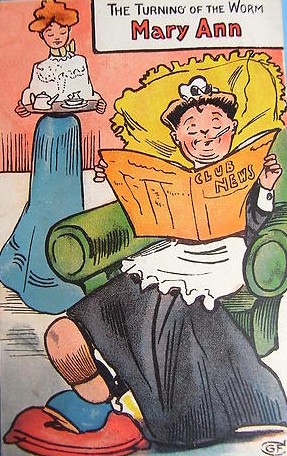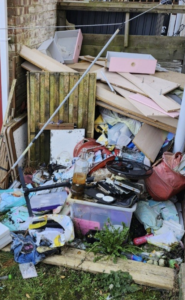A new exhibition opening at Sewerby Hall and Gardens on Saturday, 22 July will lift the lid on the world of the domestic servant in the nineteenth and early twentieth centuries.
With a focus on staff employed both above and below stairs at Sewerby Hall itself, ‘In Service’ starts in the Victorian era, and the enormous gulf between the landed gentry and the urban poor. One of the few things preventing many from enduring a life in poverty was a life in service.

But servants were segregated, and the rich were served by the have-nots. Everybody in the hierarchy knew their place, in a uniquely British structure.
Very limited education meant that children of the urban poor worked in factories, and those of the rural poor worked on farms. The rest became servants – ‘the secret service’.
The exhibition looks at their strict uniforms and codes of behaviour, their 17-hour days, and poor rates of pay. Children as young as 12 were hall boys or scullery maids. Even at mealtimes, there were strict rules – when the butler placed his knife and fork on the plate, everyone at the table had to stop eating, whether they had finished or not!
Good behaviour – including attending church – was essential, as standards of behaviour were seen to reflect directly on the Mistress of the house.
By the early part of the twentieth century, many domestic servants were choosing to leave, despite the 1911 National Insurance Act, which finally recognised the rights of domestic servants and factory workers.
The end of World War One marked the end of the era for the old hierarchy.

The exhibition looks closely at the lives of Mary Henderson, the housekeeper and cook for the Lloyd Greames at Sewerby Hall for nearly 40 years, as well as the lives and times of lady’s maids, footmen, coachmen, and even the hall’s shepherd.
Janice Smith, curator at Sewerby Hall and Gardens, said : “I hope our visitors will find this a fascinating insight into a way of life which has long gone. For anyone who has ever watched ‘Downton Abbey’ or ‘Upstairs Downstairs’, this exhibition will add a great deal of background to what you have seen. And of course there is a lot of local interest, too, as we look at the lives of staff who were employed right here at Sewerby Hall.”
The exhibition will run until 10 September.
A visit to the exhibition is included in admission prices to the house and gardens.
For full details of opening hours, all facilities including the house, the zoo, and the Clock Tower Café, and admission prices, visit www.sewerbyhall.co.uk















